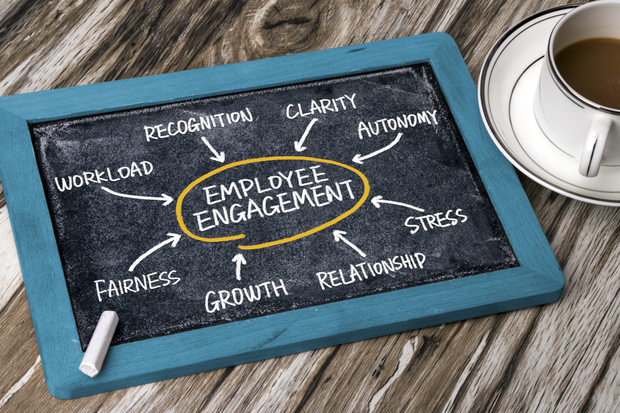Whisper it quietly, but the UK has an employee engagement deficit at present.
Several surveys have exposed this; with various data sets suggesting that only one-third of UK workers are currently engaged. This not only leaves the UK ranked ninth among the world’s 12 largest economies, but it is also causing a productivity deficit that is hindering business growth.
In fact, the average output per hour in the UK was around 15 percentage points below the average for the rest of the G7 nations. With this in mind, firms clearly need to focus on engaging their teams and driving an improved employee performance. Here are some ways to achieve this:
- Go Above and Beyond when creating a Flexible Working environment
While we appreciate that this sounds a little vague, we are going to add some context in terms of how to make it a reality. A good example is provided by the flexible working directives in the UK, which enable employees that have accrued more than 26 weeks of consecutive service through their employer to apply for flexible hours.
This is a mandatory requirement, however, and as the employer you should be proactive and promote this throughout the business. This ensures that every staff member understands their basic working rights, and has the opportunity to create a work schedule that works for them.
Similarly, you can empower staff members further by embracing the principles of BYOD (bring your own device). This allows individuals to work using their own laptops and smartphones, reducing each employee’s cost base and empowering them to be more productive (so long as they are connected across a secure, wireless network).
- Invest in Viable, HR Software Platforms
We have seen something of a revolution in HR software in recent times, with sophisticated, analytical systems replacing standard reporting.
You can use this to your advantage as an employer, by investing in advanced and relevant software that can collate data and offer practical insight into how employee performance can be improved. Modern software packages gather and present absence data in real-time, for example, helping you to identify patterns and determine whether or not certain employees are struggling with aspects of their role.
This can prove invaluable, as it highlights the hidden problems in your business and identifies potential solutions.
- Think Beyond Traditional Rewards
Historically, a high salary and lavish cash bonus was all it took to retain or attract talent. While there is still some truth to this, the current generation of workers is far more diverse in terms of its outlook and motivation to work.
Your benefits and rewards packages must reflect this, while they must also be agile and form part of a wider, employee culture within your firm. In short, all benefits should be people-centric, so you should listen to the needs of your employees and strive to introduce tailored options wherever possible.
You should consider benefits that reduce the cost of living, such as reduced gym memberships with selected partners. This not only saves your employees money, but it also empowers them to improve their work-life balance and perform better in the office.



 Bitcoin
Bitcoin  Ethereum
Ethereum  Tether
Tether  XRP
XRP  Solana
Solana  USDC
USDC  Cardano
Cardano  TRON
TRON  Lido Staked Ether
Lido Staked Ether  Avalanche
Avalanche  Toncoin
Toncoin